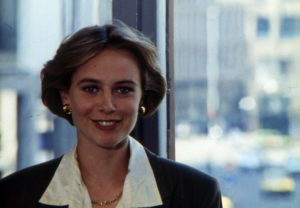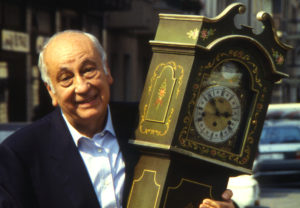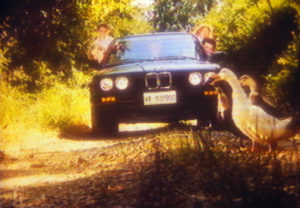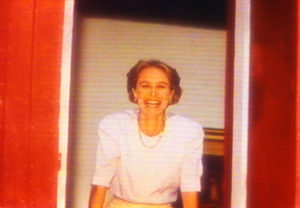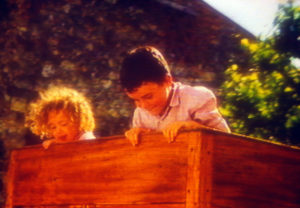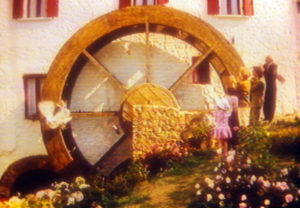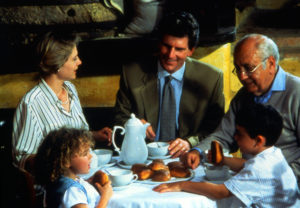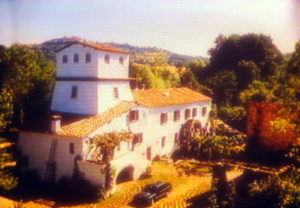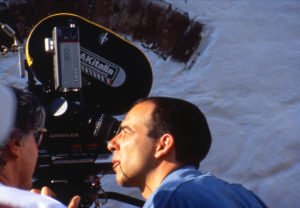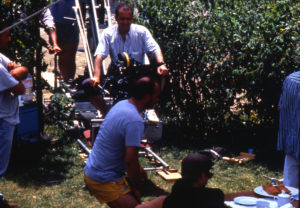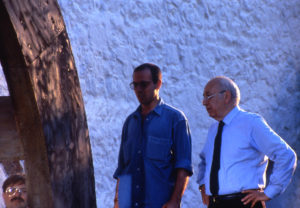Long live life in the countryside
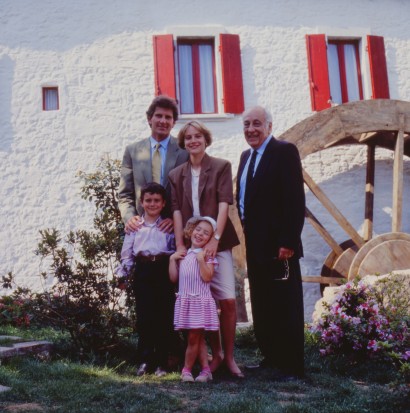
by Emmanuel Grossi
The mill has always been a central element in advertising communication for Mulino Bianco from the stand point of graphic style, semantics, and often also in advertising film narration. From the end of the 1970s, this was the emblem of rural society, of its values and of the wholesomeness that it bestowed on traditional products (biscuits, rusk bread, breadsticks…). Later, in the 1980s, a second level of interpretation came along: it was the laboratory kingdom of the Little White Miller, where gluttonous delights were made. To make a real mill the protagonist had never been thought of.
In 1990, the Armando Testa agency provided to do so. This had been founded in Turin by Testa, a famous artist and lucid visionary (who at the time was still alive). Since the times of Carosello, he imposed his style based on three strong points: the central role of images and of graphic syntheses (considered as the starting point for television and cinema short commercials too), a predilection for long series, and an ample recourse to imagination, often flavored with surreal irony and at times irreverent.
In later years, advertising communication of Mulino Bianco had become a bit tarnished: the Young & Rubicam agency had tried to set the ambiance of tender daily family life in this context, as it had been successful for Barilla pasta, but this did not yield memorable results. Meanwhile, in the real world, the trend had come back to demonize cities, so chaotic and filled with smog, and the fashion of the moment (this time rather ephemeral) imposed to flee the city and take refuge in the small towns of hinterland or in the real countryside.
The Testa agency immediately caught the ball: creative director Silvano Guidone focused the new commercials on a family – mother, father, two children and a grandfather, played by Giacomo Furia, a delightful actor with a glorious career that was dubbed, so loosing his typical Neapolitan accent. The family, due to the exasperation of frenetic city life, decides to move to a water mill that has been remodeled for this purpose, to be able to live surrounded by lawns, wheat fields and animals.
The new shorts were preceded by four teasers that presented the characters and instilled in television viewers a curiosity with regard to their dream of life in the outdoors. To make the shorts ever epic, the BRW production studio displayed an array of three Oscar Prize winners. First, composer Ennio Morricone (who in those years had been nominated several times and won two Oscars in more recent years). Secondly, set designer Gianni Quaranta (who won the award in 1987 for A Room with a View, after being nominated for Brother Sun, Sister Moon and La Traviata). And lastly, director Giuseppe Tornatore (who had just won the award with Cinema Paradiso).
Just one “trifling detail” was left: to find a mill that was as much as possible similar to the place that from three decades stood out on the packages and that would be suitable for filming. However, the search – as we will have a chance to narrate – was not easy….

